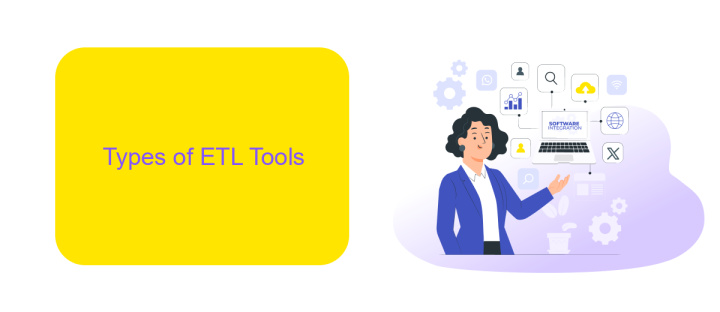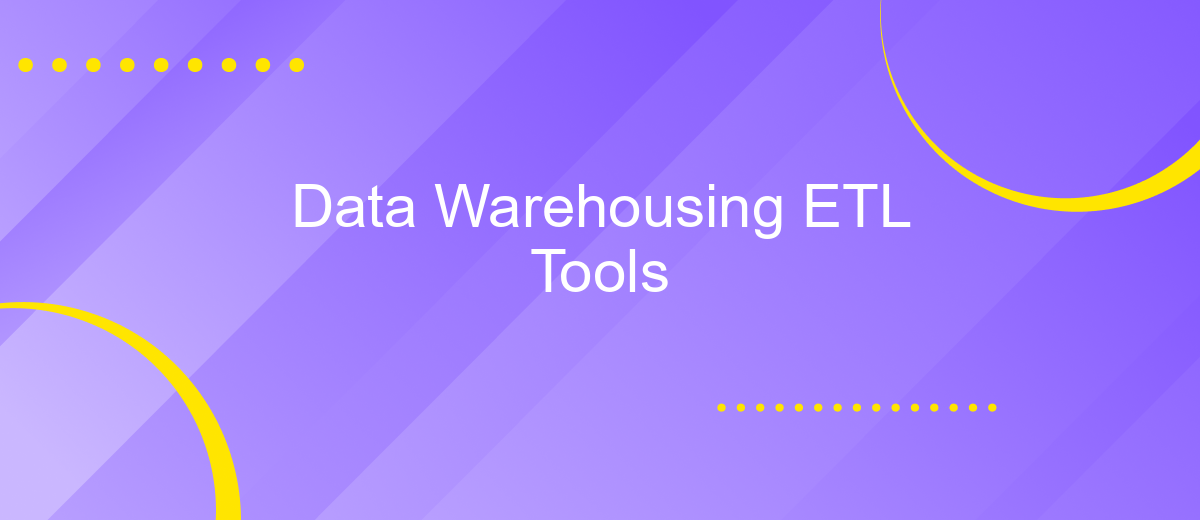Data Warehousing ETL Tools
Data Warehousing ETL (Extract, Transform, Load) tools are essential for managing and optimizing the flow of data from various sources into a centralized data warehouse. These tools streamline data integration, ensure data quality, and enable efficient data analysis, making them indispensable for businesses seeking to leverage data-driven insights for strategic decision-making. This article explores the key features and benefits of leading ETL tools in the market.
Introduction to Data Warehousing ETL Tools
Data Warehousing ETL (Extract, Transform, Load) tools are essential for managing and processing large volumes of data. These tools help in extracting data from various sources, transforming it into a suitable format, and loading it into a data warehouse for analysis. ETL tools streamline data integration, ensuring that businesses can make informed decisions based on accurate and timely data.
- Extraction: Collects data from diverse sources such as databases, APIs, and flat files.
- Transformation: Converts data into a consistent format, applying rules and functions to ensure data quality.
- Loading: Transfers the transformed data into a data warehouse for storage and analysis.
One of the services that facilitate seamless data integration is ApiX-Drive. This platform allows businesses to automate data workflows and integrate various applications without coding. By using ApiX-Drive, companies can efficiently manage their ETL processes, ensuring that data is accurately extracted, transformed, and loaded into their data warehouses. This leads to improved data accessibility and better decision-making capabilities.
Types of ETL Tools

ETL tools can be broadly classified into several types based on their functionalities and deployment methods. Traditional ETL tools are on-premises solutions that offer robust data transformation capabilities but often require significant infrastructure and maintenance efforts. Cloud-based ETL tools, on the other hand, provide scalable and flexible options, enabling businesses to handle large volumes of data without the need for extensive hardware investments. These tools are particularly beneficial for organizations looking to leverage the power of cloud computing and big data technologies.
Another category includes open-source ETL tools, which offer cost-effective solutions with a high degree of customization. These tools are ideal for organizations with specific needs and technical expertise to modify the source code. Additionally, real-time ETL tools focus on providing immediate data processing and integration, essential for applications requiring up-to-the-minute data accuracy. Services like ApiX-Drive further simplify the integration process by offering user-friendly interfaces and pre-built connectors, making it easier for businesses to automate data workflows without extensive coding knowledge.
Key Features of ETL Tools

ETL (Extract, Transform, Load) tools are essential for managing data workflows, ensuring data integrity, and optimizing data processing. These tools offer a range of features designed to streamline data integration, transformation, and loading processes.
- Data Extraction: ETL tools can extract data from various sources, including databases, cloud services, and APIs.
- Data Transformation: They provide capabilities to clean, normalize, and enrich data to meet business requirements.
- Data Loading: ETL tools efficiently load transformed data into target systems such as data warehouses or data lakes.
- Automation: These tools support scheduling and automation of ETL workflows, reducing manual intervention.
- Scalability: ETL tools can handle large volumes of data, ensuring performance and reliability.
- Integration: Services like ApiX-Drive facilitate seamless integration with various platforms, enhancing the ETL process.
- Monitoring and Logging: Comprehensive monitoring and logging features help track ETL processes and troubleshoot issues.
By leveraging these key features, businesses can ensure efficient data management and integration, ultimately leading to better decision-making and operational efficiency. ETL tools like those integrated with ApiX-Drive provide robust solutions for modern data challenges.
Benefits of Using ETL Tools

ETL tools play a crucial role in the data warehousing process by streamlining the extraction, transformation, and loading of data from various sources. These tools enhance the efficiency and accuracy of data integration, making it easier for organizations to manage and analyze large volumes of data.
One of the primary benefits of using ETL tools is the automation of data workflows, which significantly reduces the time and effort required for manual data processing. This automation ensures that data is consistently and accurately transferred, transformed, and loaded into the data warehouse.
- Improved data quality and consistency
- Faster data processing and integration
- Scalability to handle large datasets
- Reduced operational costs
- Enhanced data governance and compliance
Additionally, ETL tools like ApiX-Drive offer robust integration capabilities, allowing businesses to seamlessly connect various data sources and applications. This facilitates real-time data synchronization and provides a unified view of the organization's data, enabling more informed decision-making and strategic planning.
- Automate the work of an online store or landing
- Empower through integration
- Don't spend money on programmers and integrators
- Save time by automating routine tasks
Selection and Implementation of ETL Tools
Choosing the right ETL tool for your data warehousing needs involves evaluating several critical factors. First, consider the scalability and performance of the tool. It should handle large volumes of data efficiently and scale as your business grows. Next, assess the tool's compatibility with your existing systems and data sources. The ability to integrate seamlessly with various databases, applications, and cloud services is crucial. Additionally, evaluate the tool’s ease of use and the level of technical expertise required for its implementation and maintenance. User-friendly interfaces and comprehensive documentation can significantly reduce the learning curve and operational overhead.
Once you have selected an ETL tool, the implementation phase involves several steps. Begin with a detailed plan outlining the data sources, transformation rules, and loading processes. Tools like ApiX-Drive can simplify the integration process by providing pre-built connectors and automation features, ensuring a smooth data flow between systems. Conduct thorough testing to identify and resolve any issues before going live. Regular monitoring and maintenance are essential to ensure data accuracy and system performance. By carefully selecting and implementing an ETL tool, you can optimize your data warehousing processes and drive better business insights.
FAQ
What is an ETL tool in the context of data warehousing?
Why is ETL important for data warehousing?
What are some key features to look for in an ETL tool?
How can automation improve the ETL process?
What are common challenges faced during ETL implementation?
Routine tasks take a lot of time from employees? Do they burn out, do not have enough working day for the main duties and important things? Do you understand that the only way out of this situation in modern realities is automation? Try Apix-Drive for free and make sure that the online connector in 5 minutes of setting up integration will remove a significant part of the routine from your life and free up time for you and your employees.


